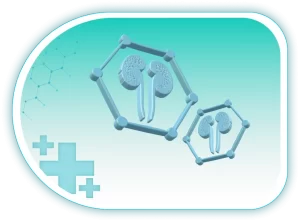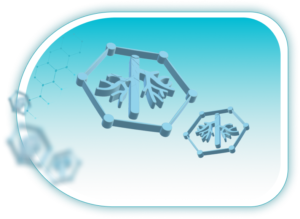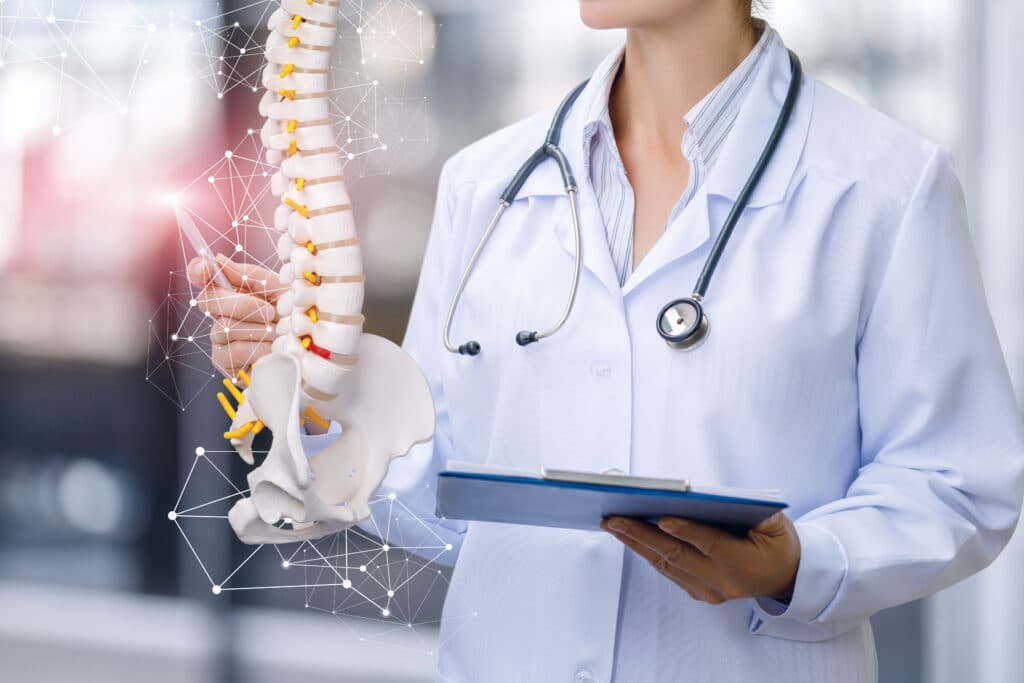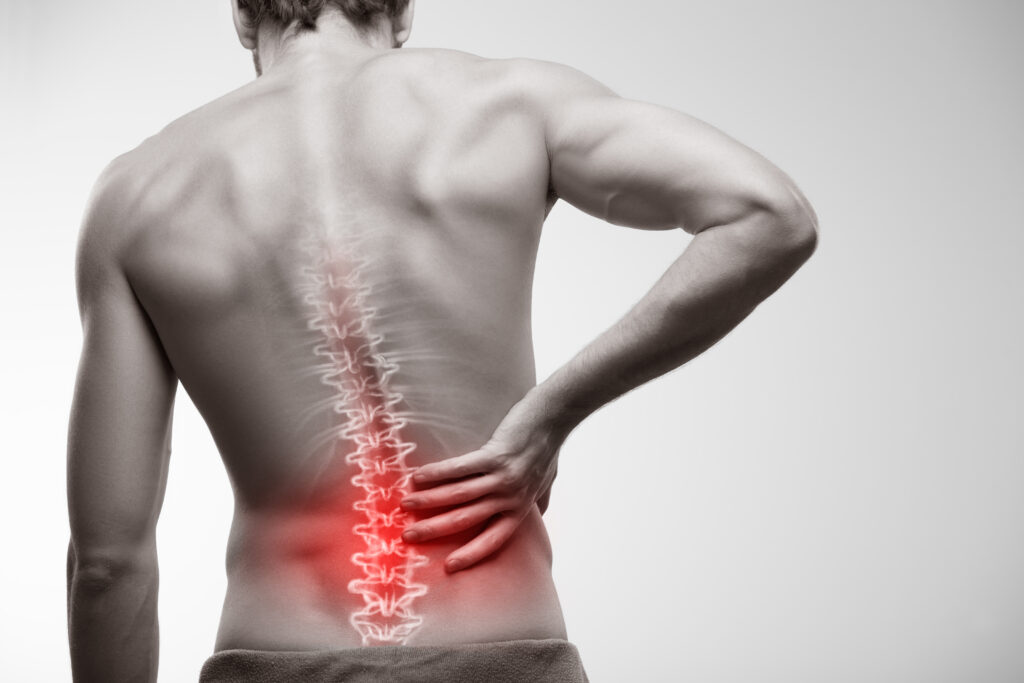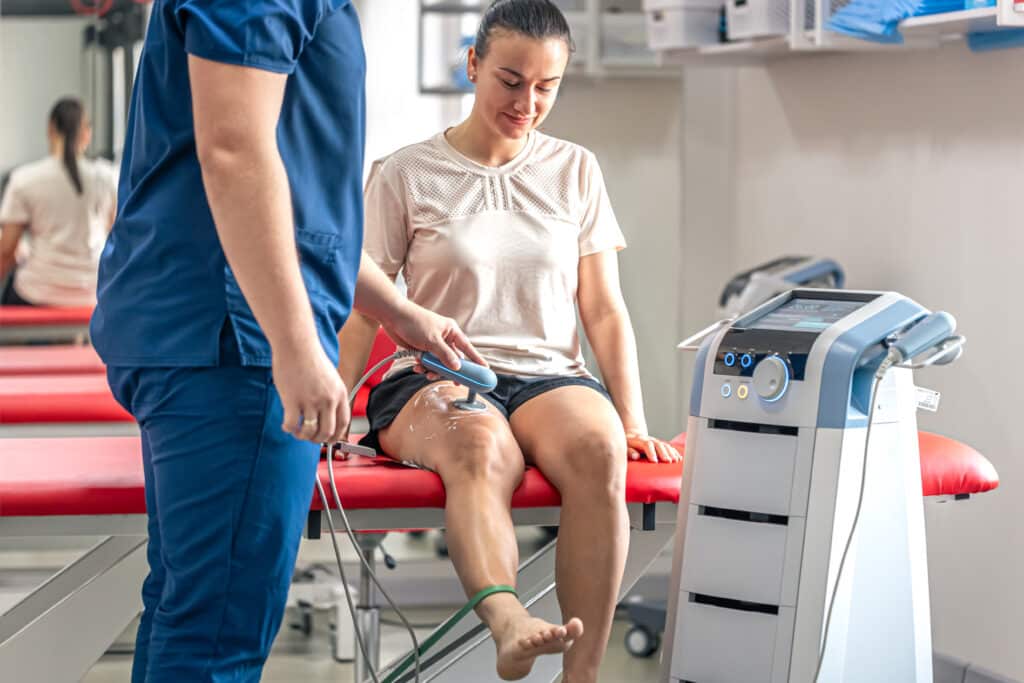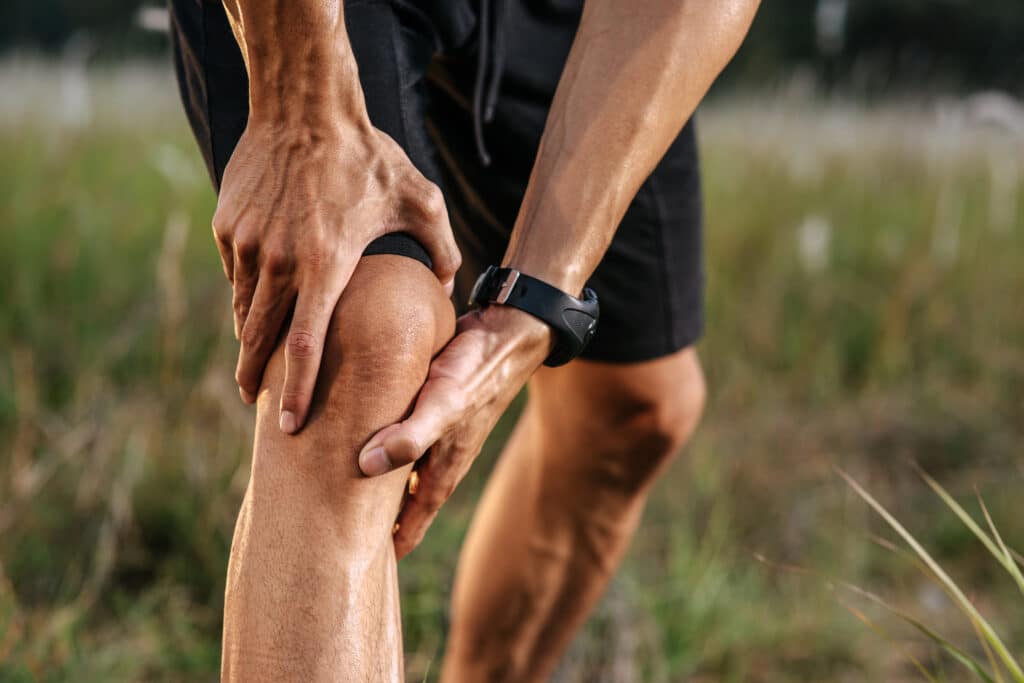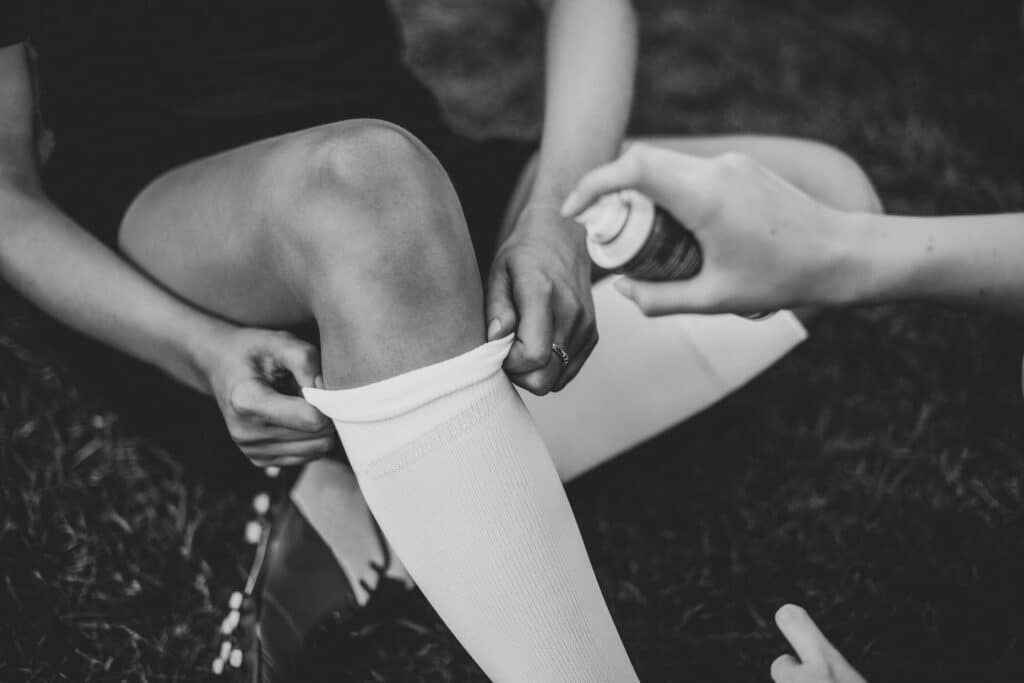You may wonder what stem cells are, how they’re being used to treat disease and injury, and why they’re the subject of such vigorous debate.
Stem cells generate all the cells and structures of the human body, from conception to the end of life. Stem cells can be considered our master building blocks for all organs and tissues. Stem cells are the body’s raw materials — cells from which all other cells with specialized functions are generated. Under the right conditions in the body or a laboratory, stem cells divide to form more cells called daughter cells. These daughter cells either become new stem cells (self-renewal) or become specialized cells (differentiation) with a more specific function, such as blood cells, brain cells, heart muscle or bone. No other cell in the body has the natural ability to generate new cell types.
The use of stem cells to treat human disease is often depicted as a possibility that lies far in the future. In fact, physicians have already been using stem cells therapeutically for years in the form of bone marrow transplantation, a procedure in which the blood-forming stem cells of the bone marrow are used to regenerate the blood supply after radiation or chemotherapy.
Historically, Joint replacement surgery, or arthroplasty, is used in the treatment of patients with arthritis, who fail all the conservative care. Obviously, surgery is an invasive procedure with potential risks and complications. The surgery may also need to be repeated later if the joint wears out again after several years.
In treating osteoarthritis, stem cell injections may offer a new type of therapy. The majority of complications in osteoarthritis patients are related to the deterioration of cartilage that cushions the ends of bones in your joints. Cartilage is a firm, smooth tissue that permits nearly frictionless joint motion. Picture the white on the end of a chicken bone. In osteoarthritis, this surface becomes rough. Eventually, if the cartilage wears down completely, patients will be left with bone rubbing on bone.
Stem cell treatment is designed to target these areas within the joints to help with the creation of new cartilage cells. As stem cells are multipotent, they have the ability to differentiate into cartilage cells called chondrocytes. The goal of each stem cell treatment is to inject the stem cells into the joint to create cartilage chondrocyte cells. Stem cells are also a natural anti-inflammatory, which can assist with osteoarthritis pain and swelling in the joint area. Stem cells have long been heralded as the possible answer to a number of medical conditions, including osteoarthritis. In treating osteoarthritis, stem cell injections may offer a new type of therapy by either stopping the degenerative process or by regenerating the damaged cartilage. Several studies in animals show that stem cell injections may help by reducing the inflammation in the joint. Stem cells appear to have a natural capacity to produce anti-inflammatory molecules, and once injected in the joint, can slow down the degenerative process in osteoarthritis.
Stem cells reside in adult bone marrow and fat, as well as other tissues and organs of the body. While these types of cells have a natural ability to repair damaged tissue, in people with degenerative diseases, they are not released quickly enough to fully repair damaged tissue. In the case of fat stem cells, they may not be released at all. The process of actively extracting, concentrating and administering these stem cells has been shown in clinical trials to have beneficial effects in degenerative conditions, including osteoarthritis. When the patient’s own cells are used, they are typically derived from bone marrow or fat.
The use of autologous, patient’s own, adipose tissue may have several advantages over bone marrow cells. Adipose (fat) tissue contains a concentrated amount of cells known as mesenchymal stem cells, which are capable of replication or becoming different types of cells (i.e., neurons, bone, cartilage, muscle, tendon) throughout the body.
The major advantage of using mesenchymal stem cells from your adipose fat is that they are one of the richest sources of stem cells in the body (2,500 times more stem cells reside in fat vs. bone marrow) and they are very easy to harvest via a mini-liposuction procedure. This may be less painful than bone marrow harvesting.
Most centers simply inject fat centrifugated cells directly without isolating or expanding them. These centrifuged cells have a combination of stem cells and other cells which are found in fat tissues and have degenerative action on the joints. Pure stem cells can be isolated and expanded from fat tissue cells. This protocol has superior efficacy compared to other available cell therapies and treatments, which included anti-inflammatory drugs, intra-articular injections of centrifuged fat, platelets and hyaluronic acid. Such interventions only succeed in minimizing symptoms for a few weeks. Moreover, they do not have any effect on the degenerative process of cartilage tissue. In fact, blood, platelets and hyaluronic acid do not contain cells and hence lack the ability to block the aging of the cells.
Published scientific studies have demonstrated the number of stem cells in fat tissue is not sufficient to achieve effective treatment, it is, therefore, essential to expand cells before use. The new protocol consists of a unique sophisticated procedure of culture and purification of stem cells carried out in a completely sterile pharma-grade cell factory environment, requiring no more than 2 weeks of culture.
The procedure is done in an outpatient setting. A small amount of fat is taken from the patient’s waist area – the method is similar to liposuction. As we use the patient’s own adipose tissue to extract the stem cells it means that the donor and the recipient are the same people, so there is no danger of host rejection. Bioscience Clinic FZ LLC located in Dubai Healthcare City will then prepare, culture, purify and store the cells for an intraarticular injection, 2-12 weeks later. It is also possible to carry out a number of treatments without the need to repeat the harvesting procedure. Patients can resume their normal daily activities on the same day as the procedure, but high-impact exercises should be avoided.
For more information and to set up an appointment with Prof. Gerald Zimmermann please contact German Medical Center.
Consultant with our Best Orthopedic Surgeon

